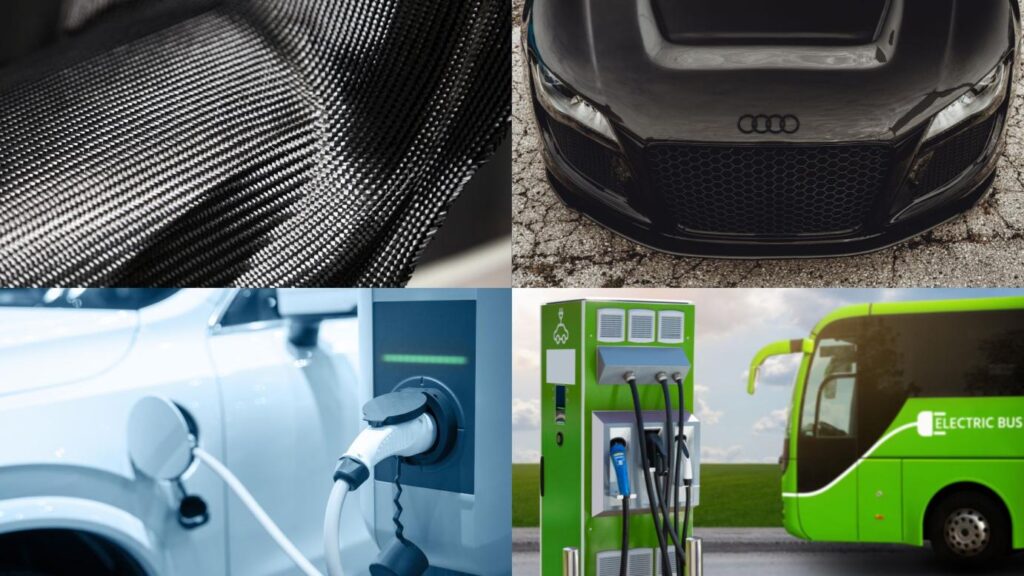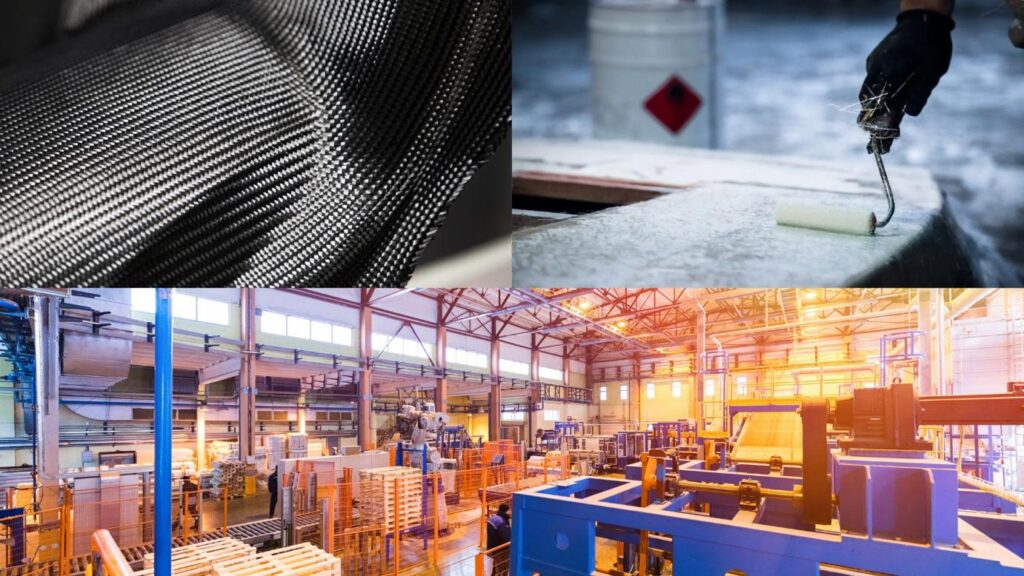
Revolutionising Electric Mobility: The Power of Composite Materials in Cars and Buses
The global shift towards sustainable transportation has paved the way for electric vehicles (EVs) to become the future of mobility. As the demand for EVs continues to rise, manufacturers are constantly exploring innovative technologies to enhance their performance and efficiency. One such groundbreaking advancement is the utilisation of composite materials in the construction of electric cars and buses. In this article, we will delve into the world of composite materials and uncover how they are revolutionising the electric mobility industry.
Composite materials are engineered materials that consist of two or more distinct components with different physical and chemical properties. The combination of these components creates a material that exhibits superior properties compared to its individual constituents. In the context of electric cars and buses, composite materials typically involve a combination of fibers, such as carbon fiber or fiberglass, embedded in a matrix material, such as epoxy or polymer resin.
- Lightweight Design for Enhanced Efficiency
One of the primary advantages of composite materials in the electric mobility industry is their exceptional strength-to-weight ratio. Compared to traditional materials like steel or aluminum, composites are significantly lighter while maintaining impressive strength and durability. This lightweight design translates to several benefits for electric vehicles, including improved energy efficiency, extended range, and enhanced overall performance.
- Increased Range with Composite Materials
Range anxiety, the fear of running out of battery charge while driving, is a common concern among electric vehicle owners. Composite materials play a crucial role in addressing this challenge. By reducing the weight of the vehicle, composites help optimise energy consumption, allowing electric cars and buses to travel longer distances on a single charge. This increased range not only enhances convenience for users but also promotes wider adoption of electric vehicles.
- Structural Integrity and Safety
Safety is of utmost importance in the automotive industry, and composite materials offer several advantages in this regard. Their high strength and stiffness provide excellent structural integrity, ensuring the vehicle’s safety during impacts. Additionally, composites have the ability to absorb and dissipate energy, reducing the risk of injury to passengers. This combination of strength and energy absorption makes composite materials an ideal choice for ensuring the safety of electric vehicles.
- Improved Battery Performance
The performance of electric vehicle batteries greatly impacts their overall efficiency and driving range. Composite materials can contribute to enhancing battery performance in several ways. By reducing the weight of the vehicle, composites allow for larger battery capacities without compromising range. Moreover, composites can provide better thermal management, improving battery cooling and extending battery life. These factors collectively contribute to maximising the performance and longevity of electric vehicle batteries.
- Composite Materials and Design Flexibility
One of the significant advantages of composite materials is their design flexibility. Unlike traditional materials, composites can be molded into complex shapes, enabling innovative vehicle designs that optimise aerodynamics and efficiency. The flexibility offered by composites allows designers and engineers to push the boundaries of electric vehicle design, creating sleek and futuristic aesthetics that capture the imagination of consumers.
- Sustainability and Environmental Benefits
The adoption of electric vehicles is driven by the desire for a greener and more sustainable future. Composite materials align perfectly with this goal. Manufacturing composites requires less energy compared to traditional materials, resulting in reduced carbon emissions. Additionally, composites are highly recyclable, making them environmentally friendly throughout their lifecycle. By integrating composite materials into electric cars and buses, manufacturers contribute to the overall sustainability of the transportation sector.
- Challenges and Future Prospects
While composite materials offer numerous benefits for electric vehicles, there are challenges that need to be addressed. Cost and production complexity are two significant hurdles that currently limit the widespread use of composites. However, ongoing research and development efforts are focused on reducing costs, improving manufacturing processes, and increasing scalability. As advancements continue, the use of composite materials in electric cars and buses is expected to become more widespread, revolutionising the industry.
- Paving the Way to a Greener Future
Composite materials have emerged as a game-changer in the electric mobility industry. Their lightweight design, increased range, structural integrity, improved battery performance, and design flexibility have propelled the development of electric cars and buses to new heights. Moreover, the sustainability and environmental benefits offered by composites align perfectly with the vision of a greener and more sustainable future. As technology evolves and costs decrease, composite materials will play an increasingly pivotal role in shaping the future of electric mobility, making it more efficient, convenient, and environmentally friendly.








